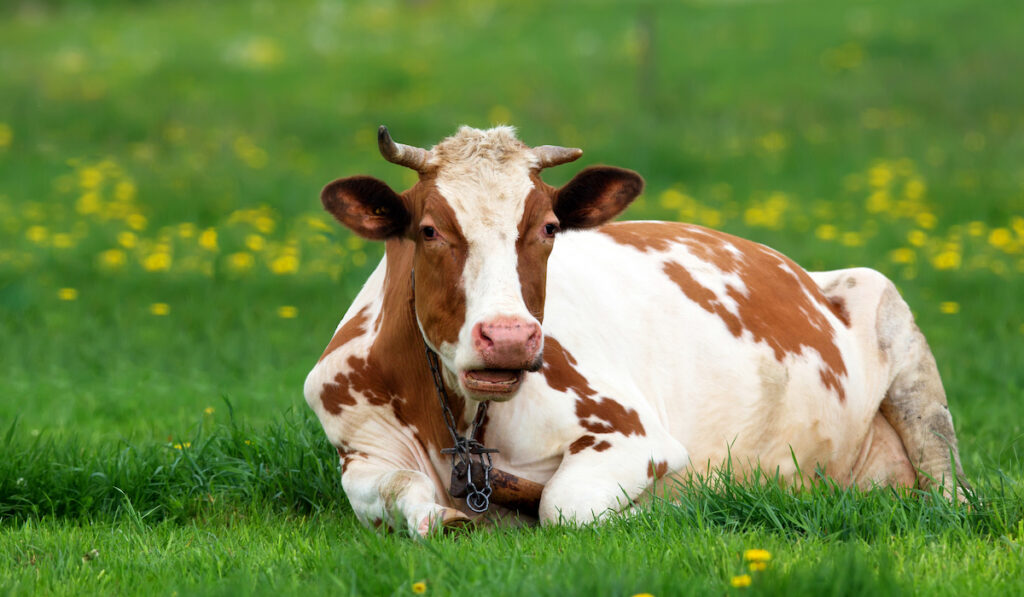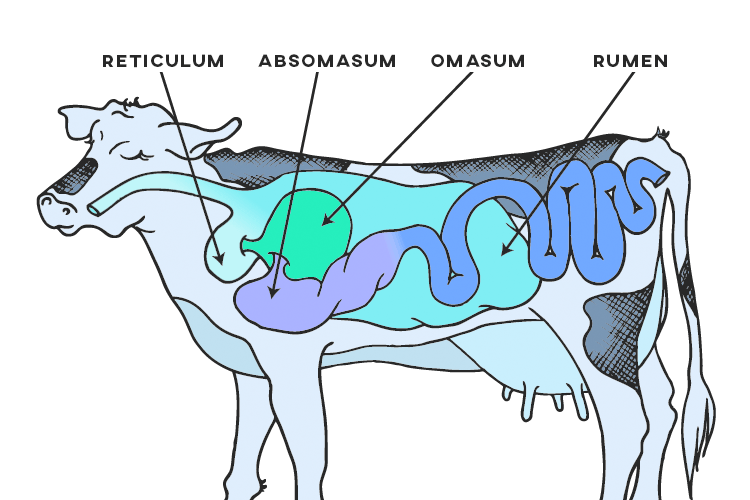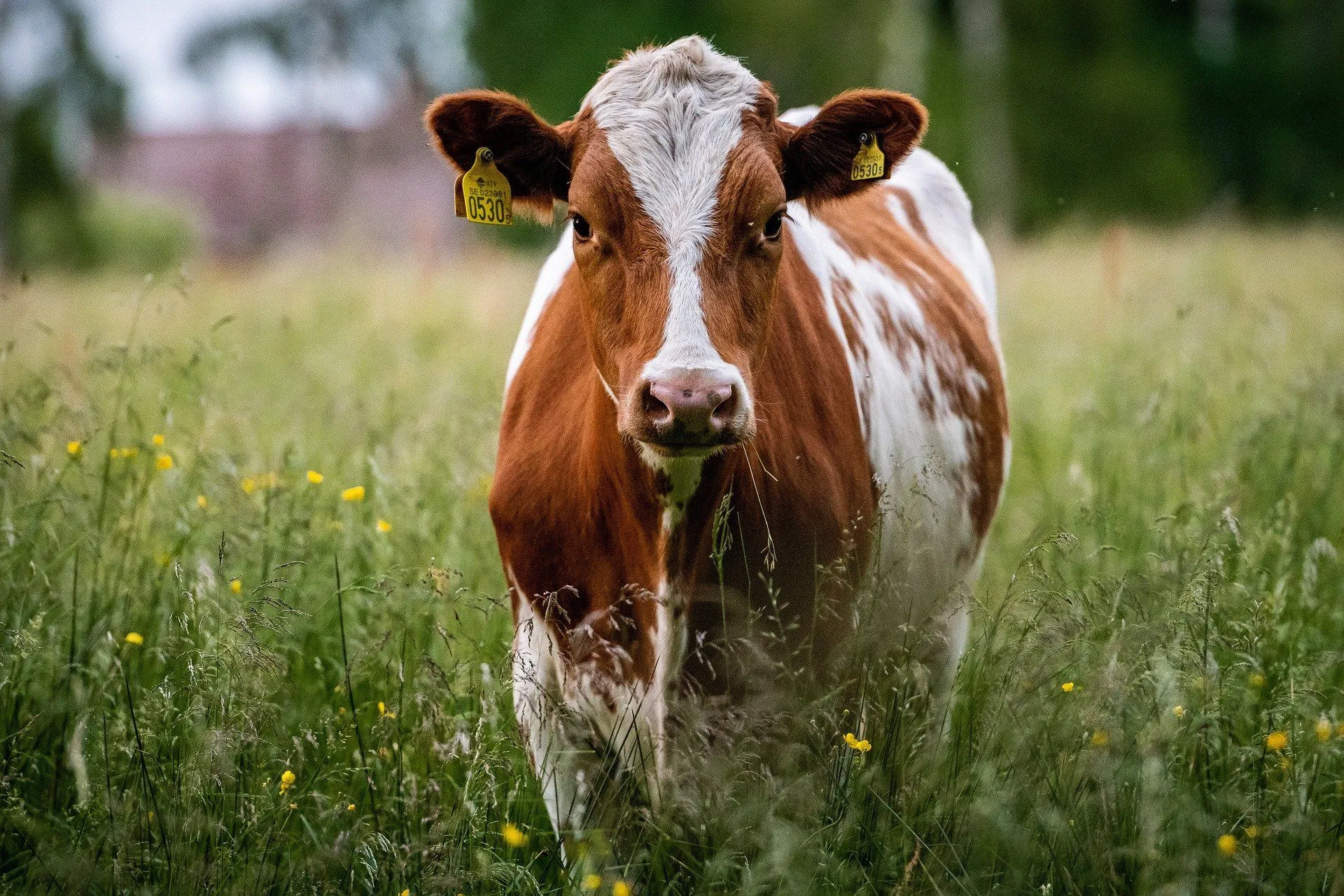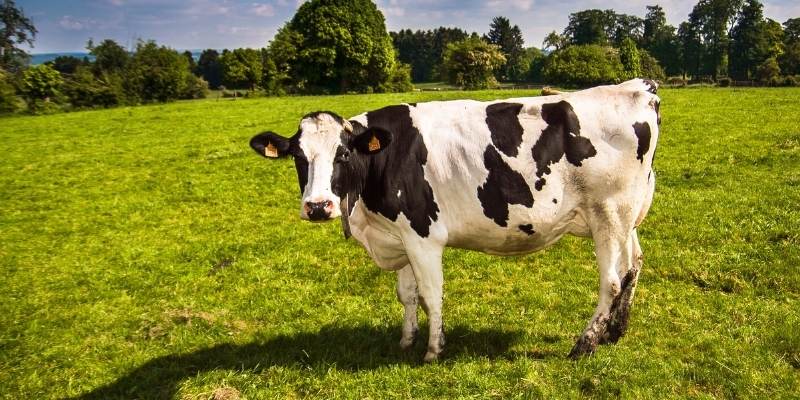How Many Stomachs Does a Cow Have? (And Why?)
Many people are curious and have been asking how many stomachs does a cow have? In this article we shall discuss how many stomach cows have, so read on.
How Many Stomachs Does a Cow Have?

Cows, according to popular belief, have four stomachs. Some even claim to have four or seven stomachs.
This is completely false. Cows, contrary to popular belief, only have one stomach, which is divided into four compartments: rumen, reticulum, omasum, and abomasum.
Cows have this type of stomach and digestive system because they are ruminant animals that eat a lot of grass and require a digestive system that can help them break down and absorb all of the nutrients they require from their diet.
Each of these compartments plays an important role in a cow’s digestive process, assisting them in breaking down their food and receiving all of the nutrients they require.
Now that we’ve dispelled the myth about how many stomachs cows have, let’s look at why they have four compartments and what each of those compartments does.
Read Also:
- Winco vs Costco
- What Time Does Burlington Close & Open?
- Does Cookout Take Apple Pay in 2022?
- How Many Square Miles Does the African Savanna Cover
- Does Publix Sell Stamps?
- What Time Does TJ Maxx Closes?
The 4 Compartments of a Cow’s Stomach

So, why does a cow’s stomach have four compartments? Let’s look at each compartment and its function:
1. Rumen
Microorganisms in this compartment begin the fermentation of the food bolus in order to transform it.
This is the most spacious compartment, with a capacity of up to 200 liters.
The rumen walls already absorbed certain fermentation products and enter the bloodstream.
They convert other compounds that are not fermented into proteins that the animal can use.
The food can stay in this area for up to 12 hours for the more liquid fraction and up to 48 hours for the fibrous portion.
2. Reticulum
This chamber’s function is to contain the food and transport it back to the cow’s mouth for further chewing after they have digested it in the rumen compartment.
3. Omasum
This compartment is distinguished by the presence of many folds, which is why it is also referred to as a booklet.
The omasum’s function is to absorb excess water, allowing the feed to pass to the next structure as concentrated as possible and the enzymes involved in digestion to remain undiluted.
4. Abomasum
This is the animal’s own stomach. Because of the high acidity of this area, all of the microorganisms that were processing the food are digested here, which also stops the fermentation.
The production of hydrochloric acid and pepsin promotes the processing of proteins that have arrived in the area, resulting in chemical digestion of food.
This is the final compartment through which the food will pass before being transported to the small intestines to have all of its nutrients extracted.
Read Also:
- How Much is a Charizard Ex Worth?
- Does Autozone Install Batteries?
- How Much Stardust to Trade Shiny?
- eBay Motors
- How Mani Square Miles Does the African Savanna Cover
Other digestive structures found in these animals include:

1. Small Intestine
All of the nutrients from the food will be extracted here. After the four compartments of a cow’s stomach digest the food, it travels to the small intestine.
2. Caecum
The caecum is where food that has not been digested passes.
3. Large Intestine
A less prolific population of microorganisms will process the components that have not yet been digested in the large intestine that will undergo a new fermentation to extract as many nutrients as possible.
4. Colon
The cow’s colon is where water and minerals are absorbed to form fecal matter, which is then eliminated through the rectum canal.
There it is, you now know how many stomach cows do have, from their rumen to the reticulum to the omasum and the abomasum.
Frequently Asked Questions
It is an amazing experience that we could be of help to you with this article, How Many Stomachs Does a Cow Have? (And Why?) And to keep other people from having the same experience as you, we would like you to share this article with your friends and love ones.Also, comment in our comments section below on how we may help you better.
